The act of transforming outside space into a productive and usable area for the family, as well as a habitat for plants and animals who might otherwise be displaced by urban growth, is known as backyard gardening. Growing fruits, vegetables, and herbs for personal use, as well as generating beauty and variety for bird and insect life with lovely flower beds, are all aspects of backyard gardening.
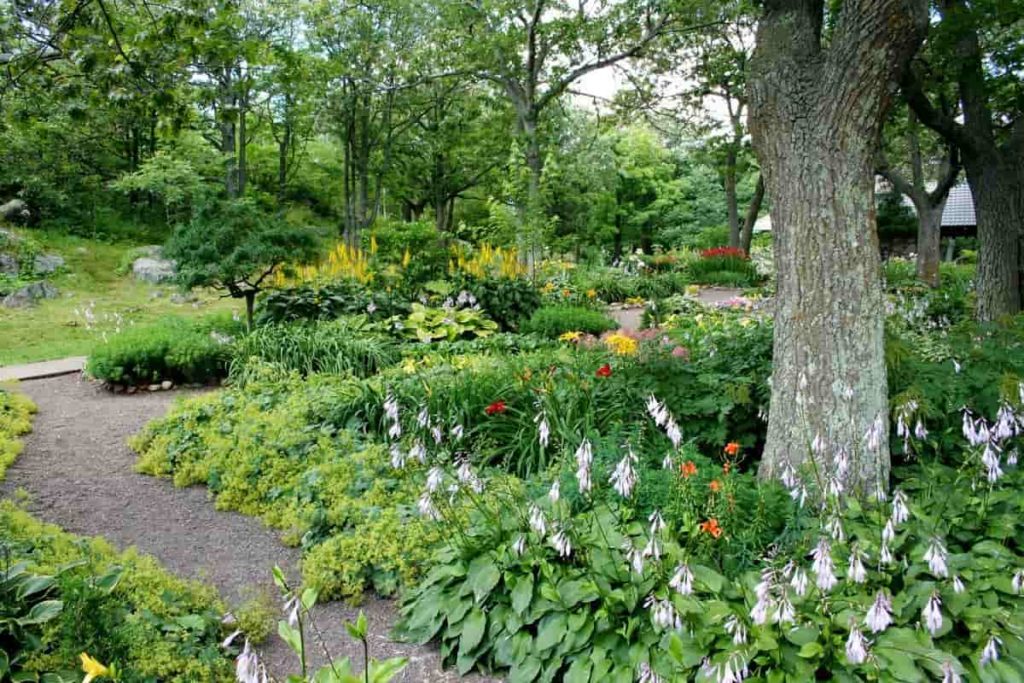
Gardening at home necessitates gardening knowledge, constant plant care, maintenance abilities, and continuous progress. We hope that the following steps will guide you to start a successful backyard gardening. Let’s check out how to start a backyard garden from scratch.
How to start a backyard garden from scratch
Selecting a spot
Most plants need nearly 6 to 8 hours of direct sunlight every day. There are a few veggies, fruits, and flowers that will tolerate some shade so you have to select the site accordingly. Plant seeds/saplings, on a raised bed, if your soil is poorly drained. The soil should not be moist, this implies wet roots that can get damaged slowly. If your soil is rocky, till it and remove the pebbles, since they will mess with the root system and make your plants weaker.
Avoid windy areas where your young plants may be knocked over or pollinators may be unable to perform their duties. You also don’t want to plant in an area with a lot of foot activity or that is prone to flooding. Plants will be poor and unhealthy if the soil is thin and nutrient-deficient. To aid your plants’ growth, provide plenty of organic materials.
Selecting the ideal climate zone
You must know the crops most suited to your climate and the best time to grow them. Look up the predicted first and latest frost dates once you’ve determined your climatic zone to determine the length of your growing season. You may now seek plants branded with the number that corresponds to your hardiness zone at your local garden center. Analyze the number of days to maturity indicated on the seed packet and the duration of your growing season if you’re buying seeds.
Deciding what to grow
Gardening fascinates people for a variety of reasons. Some people enjoy flowers. Some people desire to cultivate their food. The first rule of thumb for newcomers to gardening is to figure out what you want to cultivate. Flowers, herbs, fruits, and vegetables are all options. It’s a good way to start small for the first year and then increase in subsequent years. The next step is to learn regarding your growing location, specifically your gardening zone and frost dates.
In case you miss this: How to Start a Terrace Garden from Scratch: A Beginner’s Guide
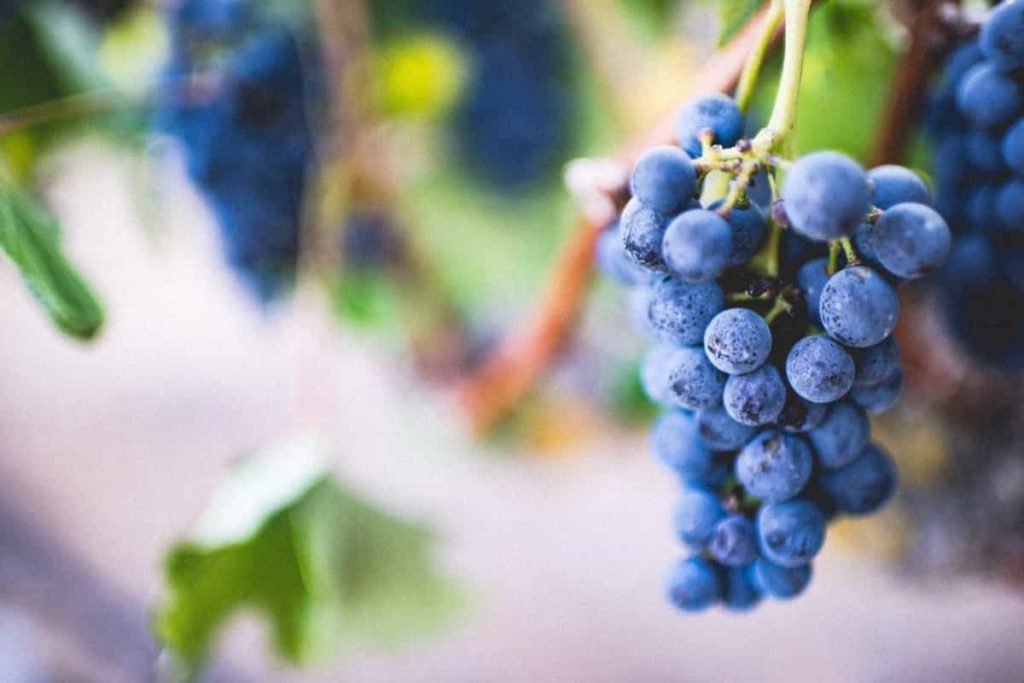
Your hardiness zone might help you figure out which plants will thrive in your location. There will be an average first fall frost date and a final spring frost date in your location. Your general growth season is the period between the two frost dates. Choose plants that are compatible with your gardening objectives, whether they are to grow fresh flowers, herbs, or fruits and vegetables, as well as your growing circumstances.
Gathering the tools
These gardening tools will come in handy once you start working on your terrace garden. You can make use of the gardening tools in this list. These five tools can help you get started right away: Pruning Scissors, Gardening Rake, Trowel, Shovel, Hose Pipe/Watering Can
Deciding what type of garden you like
Gardening isn’t only about growing flowers. You may construct a themed garden, pick plants that attract butterflies, build a backyard pond, or even produce your food.
- Butterfly garden: This involves planting flowers that are attractive to butterflies.
- Container gardening: Container gardening is a method of growing plants in containers is space is limited.
- Demonstration gardens: These Extension gardens promote local species and ecological gardening practices.
- Herbs, fruits, and vegetable gardens: When you cultivate your edibles, they taste even better.
- Organic gardening: Composting, recycling yard trash, and utilising natural fertilisers and insecticides are all examples of green practices.
Soil preparation
Before you start creating your garden beds or planting, you must first understand your garden soil. Some of these traits may be deduced just by glancing at the soil. Others may necessitate at-home or professional lab testing. Lead pollution from old home paint or neighboring busy highways, for example, is an issue in certain locations.
In case you miss this: How to Grow Indian Vegetables in USA: at Home, in Backyard, and Pots – A Step-by-step Guide
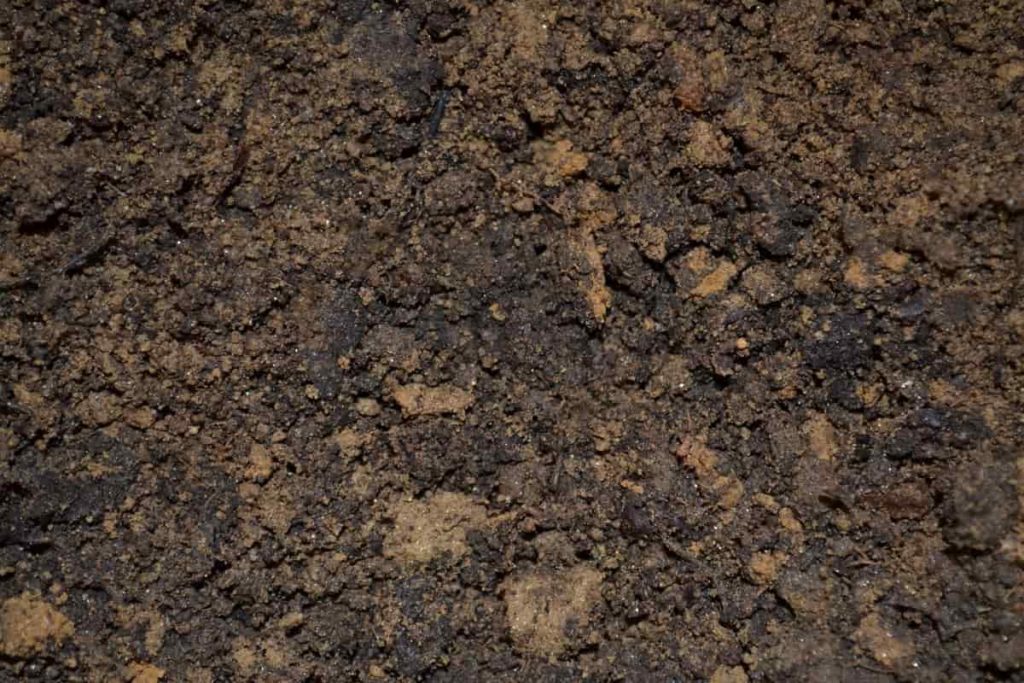
Most garden crops like soil with a pH of approximately 7, however, others prefer slightly acidic or alkaline conditions. Organic matter and balanced nutrition levels are also vital. If you are going to use sod, you’ll need to either break it up and recycle it, till it in, or smother it with wet newspaper or cardboard before building a bed on top. It’s ideal to start planning in the fall, but that doesn’t mean you can’t start in the spring
The majority of plants like deep, well-drained, fertile, organic-rich soil. To produce high-quality veggies and fruit, plant roots require suitable garden soil. As your garden grows, you’ll develop a new liking for healthy soil.
Making your garden bed
You should first remove the vegetation that is present to grow a garden. Weeds can be manually pulled. Simply ensure you get the roots to prevent them from resprouting. Then you must set up your plating area. It’s preferable to avoid tilling until required; digging might disturb life underneath the topsoil, which isn’t good.
Spread a thick layer of compost over the growing area once the rubbish and grass have been removed. If the weeds are very tough, consider sheet mulching, which is the method of composting weeds while retaining soil structure using cardboard. It’s great if your beds are not more than 4 feet wide. In that way, you can reach the middle easily.
Deciding what plants to grow
Almost everything can be grown in the backyard of your house, including herbs, vegetables, plants, and flowers. Start with basic veggies like spinach, coriander, and radish if you’re new to gardening. These vegetables may be grown all year round with very little effort.
In case you miss this: How to Create a Perfect Balcony Garden: Ideas, Tips for Apartment, and Home
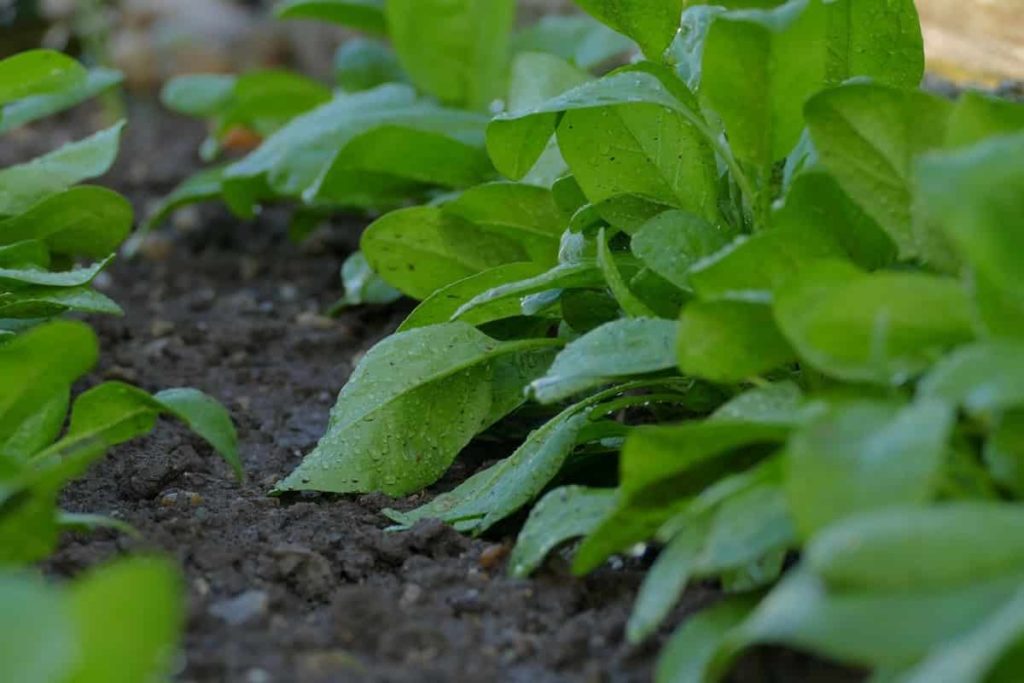
Sunlight hours, watering, soil PH, and temperature requirements are just a few of the important factors to consider while selecting seeds for your backyard garden. Plant your seedlings/seeds in an area that will provide them with ample sunlight while also keeping them safe from predators.
Annuals, biennials and perennials
These plants grow only for a year. Lettuce, tomatoes, and radishes are some examples. The plant dies back entirely at the end of the season, and you must start over from newly sowed seeds the following spring.
The life cycle of a biennial is two years long. Biennials are often grown as annuals and eaten before they enter the reproductive part of their lifecycle in year two. If you wanted to save seeds, you’d wait until the plant was in its second summer.
Perennials are a boon to busy gardeners. Plants that last for years are known as perennials. Perennials may survive for decades, and the older they become, the richer their fruit is. Asparagus, raspberries, blueberries, and grapes fall under this group.
Deciding whether to sow seeds or plug plants
Seed starting may save money, but it’s a time-consuming process with possible snags. Some seeds are resistant to sprouting, while others take a long time to mature into vigorous plants capable of surviving in the harsh outdoors. You may visit a local nursery and purchase young plants cultivated in a commercial greenhouse as an alternative. Remember that the biggest plants aren’t always the best, as they’re typically rooting bound. Such plants have outgrown their pots and may struggle to adapt to your garden.
Watering
Ensure that your plants are well-cared for. Watering them is essential, so make sure you do so regularly as needed. Make sure you’re not overwatering your plants, as this can cause root rot and harm. Also, take care to manure your plant before heavy rain.
In case you miss this: How to Start a Fruit Garden from Scratch

Usage of mulch
Weeds have a hard time growing when the soil is covered with rocks and organic debris, and the ground is kept cold and moist. Mulch attracts worms and other helpful soil animals, and when it decomposes, it provides energy for the soil food chain, similar to compost. It’s critical to use the appropriate mulch for each crop.
Tips for successful backyard gardening
Follow the sunlight
It’s common to make mistakes when you’re first learning to garden, such as underestimating the quantity of sunlight. Consider the direction of sun rays your yard receives before choosing a place for your garden. Most edible plants, including many vegetables, herbs, and fruits, need at least 6 hours of sunshine to survive.
Choose the area that is close to a water source
Planning your garden near a water supply is one of the greatest gardening ideas you’ll ever receive. Make sure you can connect your garden to a hose so you don’t have to carry water to it every time your plants need water. Pushing a finger one inch into the earth is the easiest technique to check if plants need watering. It’s time to water if it’s dry.
Choosing the right plants
It’s important to choose the right plants based on their growing conditions. This means planting sun-loving plants in a sunny site, choosing heat-tolerant species in hot climates, and giving vines that lie on the ground, such as watermelons, lots of space. Choose varieties that will survive in the climate you reside and within the space that is present.
In case you miss this: How to Start a Flower Garden from Scratch
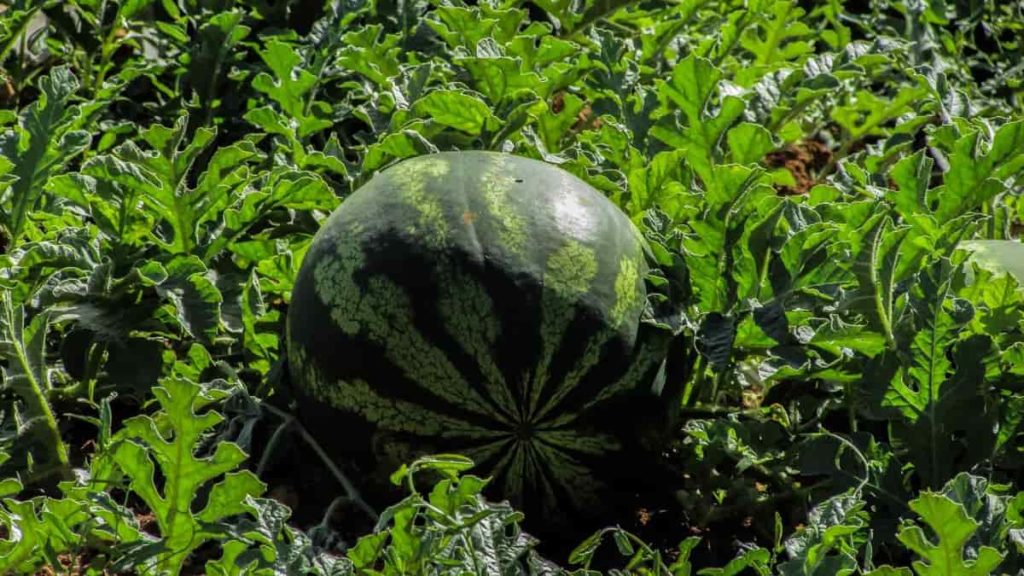
Learning about frost dates
Planting your garden too early in the season might be disastrous. You’ll have to check your area’s final average spring frost date to avoid harming plants by placing them out early. It’s also helpful to know what your first typical autumn frost date is so you can harvest or transfer your plants indoors before the late-season cold harms them.
Addition of mulch
Be sure to apply two to three inches of mulch around every plant. By blocking off the sun and reducing moisture loss through evaporation, you may eliminate weeds and be waterless.
Disclaimer: The above analysis is only assumed (not proved) to provide great results when practised. We are not responsible for any errors that arise on this website or from any decision or action taken as a result of using this site.
- Seasonal Flower Gardening: Best Practices for Spring, Summer, Fall, and Winter
- How to Grow Hibiscus from Flower
- Plantation Ideas for Home Decoration: A Beginners Guide
- Flower Garden Designs and Layouts for Beginners
- Planting and Spacing Techniques in Papaya: A Beginner’s Guide
- Growing Gold: Essential Techniques for Planting Pineapples
- How to Make Kalanchoe Plant Bushy: Home Remedies and Solutions
- 11 Reasons Why Your Gardenia is Not Blooming: Home Remedies and Solutions
- Eco Elegance: The Guide to Designing a Drought-Tolerant Landscape
- Gardening on a Slope: Strategies for Hillside Landscaping
- Nourish and Flourish: Top Organic Mulches for Thriving House Plants
- Everything You Want to Know about Indian Mogra Flower: Discover Uses and Growing
- Green Thumb Success: Expert Tips for Cultivating Greenhouse Pumpkins All Year Round
- Maximize Growth & Flavor: The Ultimate Guide to Companion Planting in Herb Gardens
- How to Control Rhododendron Problems Naturally: Home Remedies and Organic Ways to Fix Them
- Natural Magic: The Remarkable Benefits of Cinnamon for Plants
- Best Steps to Revive Dying Tulip with Natural and Organic Treatment
- 10 Reasons Why Your Angel Trumpet is Not Blooming: Remedies and Treatment
- How to Fix Periwinkle Leaf and Flower-Related Problems: Natural Remedies and Solutions
- How to Fix Zinnias Leaf and Flower Problems: Discover Natural and Home Remedies
- Organic Steps to Induce Lemon Tree Flowers: A Comprehensive Guide
- Bloom Booster: Crafting the Perfect Homemade Bougainvillea Fertilizer
- Optimizing Growth: A Guide to Applying NPK Fertilizer for Potted Plants
- 10 Best Homemade Fertilizers for Rubber Plant: DIY Recipes and Application Method
- How to Boost Female Pumpkin Flowers: Effective Steps for More Flowers and High Yields
- Transform Your Indoor Garden: Top Benefits of Pink Salt for Houseplants
- 10 Best Homemade Fertilizers for Peacock Plants (Calathea): Easy DIY Guide
- Unlock Blooms: 9 Reasons Why Your Potted Chrysanthemum is Not Blooming
- 8 Reasons Why Your Potted Hibiscus is Not Blooming: Fix it with Simple Solutions
- Unlock Blooms: 9 Key Reasons Your Potted Frangipani Won’t Flower
- 10 Reasons Why Is My Ice Plant Not Blooming: Remedies and Treatment
- 10 Reasons Why My Potted Hydrangea Not Blooming: Treatment and Remedies
- 10 Reasons Why is My Wisteria Not Blooming: Remedies and Treatment
- 10 Reasons Why is My Goldfish Plant Not Blooming: Remedies and Treatment
- Maximize Your Space: Ultimate Guide to Balcony Gardening with Grow Bags
- 10 Reasons Why Your Iris is Not Blooming: Remedies and Treatment